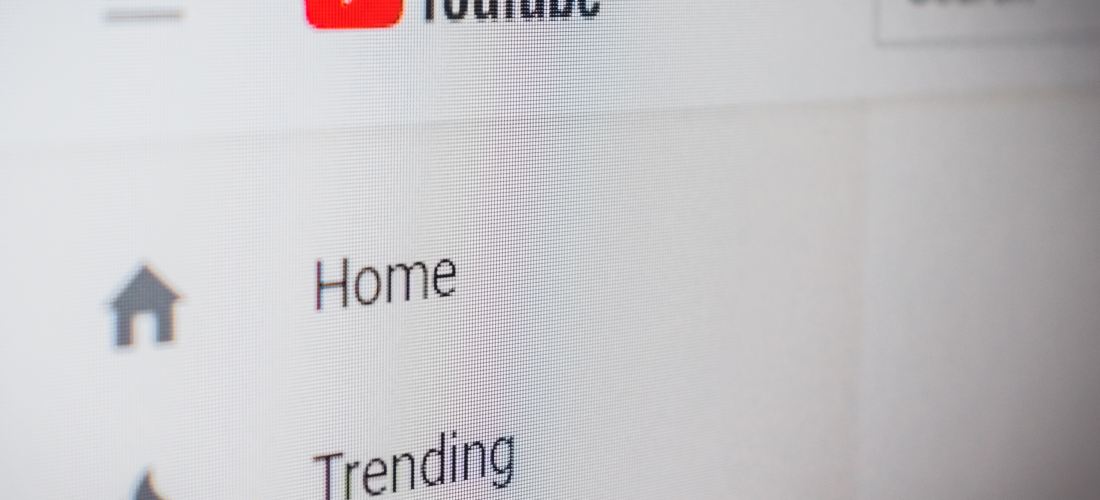YouTubers are feeling ignored and abandoned by YouTube and its policies.
Stephen from the YouTube channel Coffee Break conducted a study where he found that late-night American television shows appear more frequently on YouTube’s Trending section than videos by YouTubers. In addition to this, the television show clips need far less number of views to trend than YouTubers’ videos.
Stephen gave an example – Logan Paul, a YouTuber, needs an average of 11 million views to trend while a video by ESPN requires only around 500 thousand views to appear in Trending.
Towards becoming advertiser friendly
The findings by Coffee Break line up with YouTube’s aim of becoming as advertiser friendly as possible. Individual creators on YouTube can often find themselves in the middle of controversies. So, boosting videos from traditional television shows is a safe bet for the platform.
YouTube, like other social media platforms, makes use of algorithms to serve relevant content to its users and these algorithms undergo changes frequently. The tweaks made to the algorithms are never fully disclosed, leaving YouTubers guessing about how they can make their content perform better.
A significant change hit YouTube in 2017. A large number of brands pulled their advertisements from YouTube after they appeared on videos with violent or hateful content. In response, YouTube became overly cautious about monetising videos that could be even slightly problematic.
The demonetisation of videos published by YouTubers was underway even before the 2017 reporting.
News coverage and monetisation
In August 2016, Philip DeFranco, a news commentator on YouTube, uploaded a video where he talked about his own channel being hit by the demonetisation wave.
DeFranco covers news and politics on his channel – topics which are not seen as advertiser-friendly. The guidelines published by YouTube state that content covering “controversial issues and sensitive events” such as war, political conflicts, sexual abuse and more will receive limited or no advertisements. Reading this, DeFranco asks,
How are you supposed to cover news?
When the demonetisation of news coverage by Philip DeFranco is put up against the finding that 95% of news on the Trending section is from traditional news media, the priorities of YouTube start clearing up.
Ethan Klein, one half of the YouTube channel h3h3Productions, pointed out another instance of bias in a video –
Casey Neistat, a YouTuber, had uploaded a video following the Las Vegas shooting in 2017 in order to raise money for the victims and their families. He had also planned on donating the revenue generated by advertisements on the video.
But YouTube demonetised his video.
The reason, they tweeted, was that “no matter the intent, our policy is to not run ads on videos about tragedies.”
On the other hand, Jimmy Kimmel’s monologue on the tragedy was monetised at the time. (The video seems to no longer have any advertisements.)
YouTube’s mainstream dreams vs. its creator community
Last year, YouTube’s pitch at Upfront, a conference meant to attract advertisers, focused on Vevo music videos and big Hollywood names such as Will Smith. Top independent creators such as PewDiePie (the largest individual creator with 100 million subscribers), Liza Koshy, Casey Neistat and others were not brought up throughout the event.
When YouTube Originals shows were announced, YouTube tweeted out a list that consisted of Will Smith, LeBron James, Demi Lovato, Priyanka Chopra, Kevin Hart and Jack Whitehall.
The Slow Mo Guys were the only YouTube personality that were on the list.
This upset many YouTubers, with PewDiePie commenting in a video,
There is a disconnect between what YouTube wants to be and what YouTube is.
YouTube presented itself as a platform with television-like content at this year’s Upfront too. They want to attract advertisers from traditional TV to their platform.
There are well-founded concerns over the rise in conspiracy theory videos, white supremacist content, spread of misinformation and troubling children’s content on YouTube. Problematic YouTubers like Logan Paul, who uploaded a disturbing video showing the body of a man who died by suicide in Japan’s Aokigahara Forest, are also the reason behind YouTube distancing itself from creators.
But only pushing music videos, film trailers and clips from television shows and heavily promoting mainstream Hollywood personalities might make YouTube lose an aspect that separates it from other streaming platforms – a strong community of YouTubers and independent creators.
YouTubers that have established a considerable following and rack in a high number of views have also managed to build a business outside of YouTube. They sell merchandise, set up profiles on Patreon (a crowdfunding membership platform), create brands or even encourage viewers to become a paid member of their channel on YouTube. So, while demonetisation might be problematic and an inconvenience for them, they can still afford to be have YouTube as their primary job.
It is the smaller YouTubers who are taking a major hit from YouTube’s ever-changing algorithms and policies. The creators who have just entered YouTube’s Partner program, a program which allows them to earn advertisement revenue, might be dependent on YouTube monetisation. And YouTube has proven to be temperamental and opaque about its monetisation policies.
At the moment, YouTube seems to be leaning more towards the commercial and the traditional. But if YouTube wants to compete with television and other streaming platforms, along with advertisers, it will also have to keep its community of creators happy.
Header Image: YouTube website screen. Used with permission. Source: https://bit.ly/34czEkx
